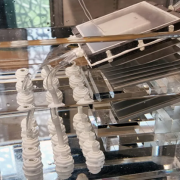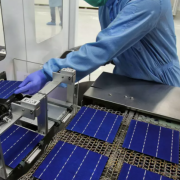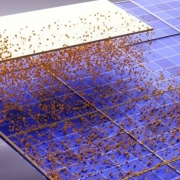MIT scientists have designed a solar-powered desalination system that turns saltwater into drinkable water at a higher volume – and lower cost.
Researchers from MIT and Shanghai Jiao Tong University have published a paper, “Extreme salt-resisting multistage solar distillation with thermohaline convection,” in the journal Joule about a study that has the potential to make a big leap forward in reducing the cost of water production because it doesn’t require electricity to run.
The device they built creates circular currents of water known as eddies that look like small whirlpools that function similarly to the ocean’s much larger thermohaline circulation. This circulation, combined with the sun’s heat, drives water to evaporate, leaving salt behind.
Click here to read the full article
Source: electrek
—
If you have any questions or thoughts about the topic, feel free to contact us here or leave a comment below.



